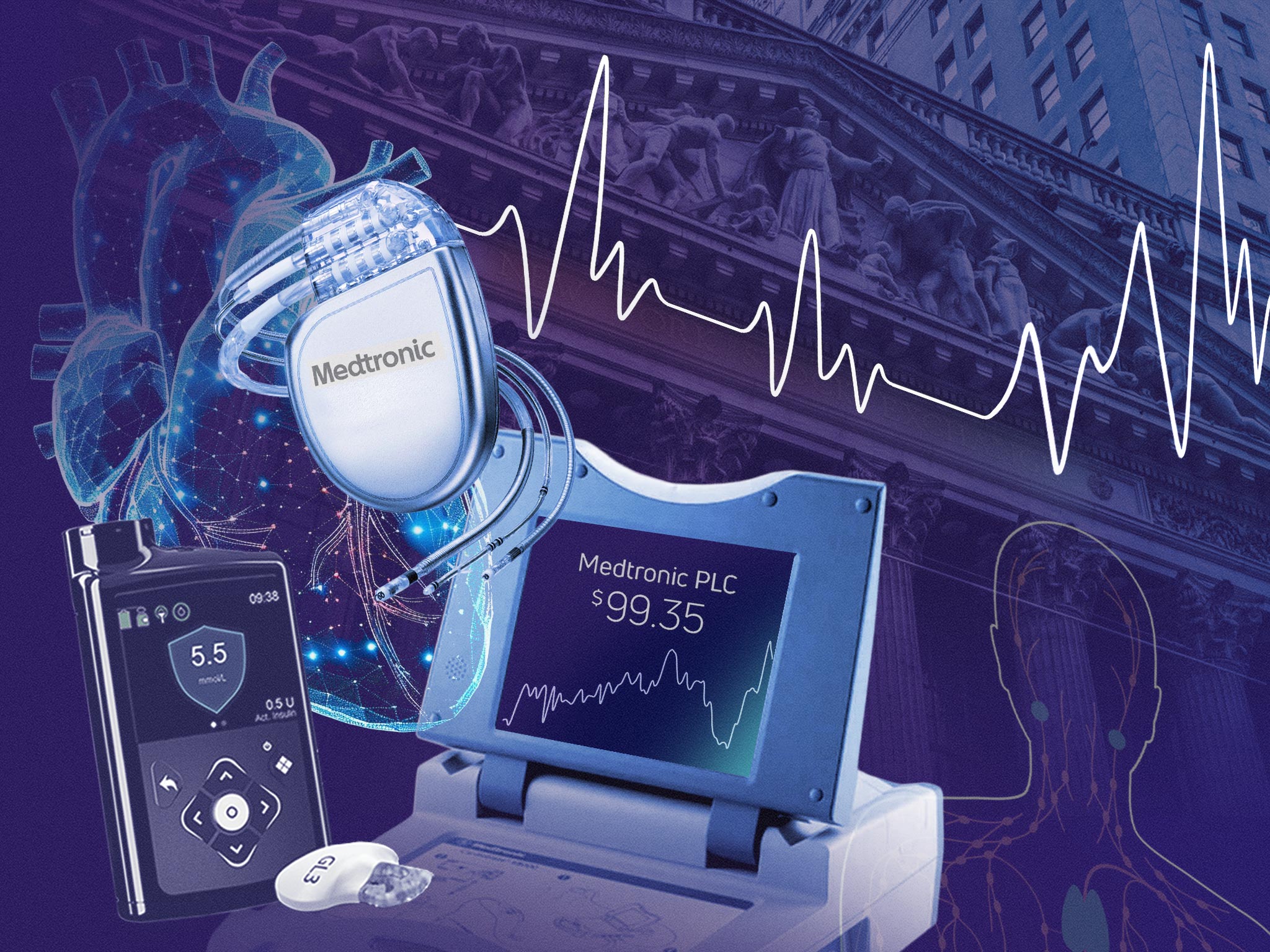Medtronic (NYSE: MDT), a medical device manufacturer, reported its sales rose by 6.6% during the second quarter, partly due to revenue in its cardiovascular unit increasing by 11%.
The company’s net sales climbed to $8.96 billion, beating Wall Street’s estimates of $8.87 billion, as its devices treat over 70 health conditions, including diabetes, heart issues and Parkinson’s.
Sales in Medtronic’s cardiovascular unit rose the most of all of its business segments to $3.44 billion. Revenue in its neuroscience segment gained 4.5% to $2.56 billion. The company’s medical surgical division gained 2.1% for a total of $2.17 billion, while its diabetes segment reported revenue of $757 million, a 10% increase from a year earlier.
Medtronic increased its outlook to 5.5% growth compared to its last fiscal year, compared with a prior estimate of a 5% gain.
Demand has risen for cardiovascular procedures, including a mid-teens gain in cardiac rhythm and heart failure, high-single digit increase in structural heart and aortic, and low-single digit rise in coronary and peripheral vascular. The growth in Medtronic’s cardiovascular division marked the “strongest cardiovascular revenue growth in over a decade,” excluding the COVID-19 pandemic, the company said in its earnings statement.
The company is anticipating more volume in the use of its products, said CEO Geoff Martha.
“Looking ahead, we are positioned for even greater acceleration of revenue growth in the back half of the year,” he said.
Shares of Medtronic rose by 15% over the past six months.
Diversity in products contribute to growth
Since Medtronic manufactures and sells many medical devices to treat many health conditions, the diversity of its products helps the company gain market share, especially among hospitals where the procedures are being conducted to treat various diseases.
“Medtronic’s diversified product portfolio aimed at a wide range of chronic diseases spans therapeutic areas including cardiac, diabetes, chronic pain, as well as various products for acute care. This has put Medtronic in a strong position as a major vendor to hospital customers,” wrote Debbie Wang, a senior equity analyst for Morningstar.
Another factor that stands out is Medtronic’s strategy of developing new medical devices, which has “often resulted in differentiated technology,” she wrote.
The medical device maker is “often first to market with new products and has invested heavily in internal research and development efforts as well as acquiring emerging technologies,” Wang added. “The firm has also begun to partner more closely with its hospital clients by offering a greater breadth of products and services to help hospitals operate more efficiently.”
Medtronic reported a profit of $1.37 billion or $1.07 a share, compared with $1.27 billion, or 99 cents a share, compared to last year’s comparable quarter.
Activist investors Elliott Investment Management became one of the company’s largest shareholders in August, adding two directors who are experienced at medical technology, Bill Jellison and John Groetelaars, who have discussed how to increase its valuation and increase growth from its core assets.
Martha will also run the new special committees that will include the new directors. One of them will prioritize M&A operations that Medtronic can add to its existing portfolio, any divestitures, and research and development investments.
The other committee will search for strategies to increase growth in earnings, since Medtronic is undervalued. In 2024, Medtronic generated over $32 billion in revenue with a market cap of $128.7 billion, while its rival Boston Scientific (NYSE: BSX) reported $17 billion in sales but has a much larger market value of $143 billion. Medtronic already has plans to spin off its diabetes division into a separate company that will also be publicly traded. The diabetes unit produced almost $2.8 billion in sales in its most recent fiscal year that ended in April.
As Americans continue to add and need more procedures to improve their life span, Medtronic will continue to see more growth and likely higher margins.




Comments